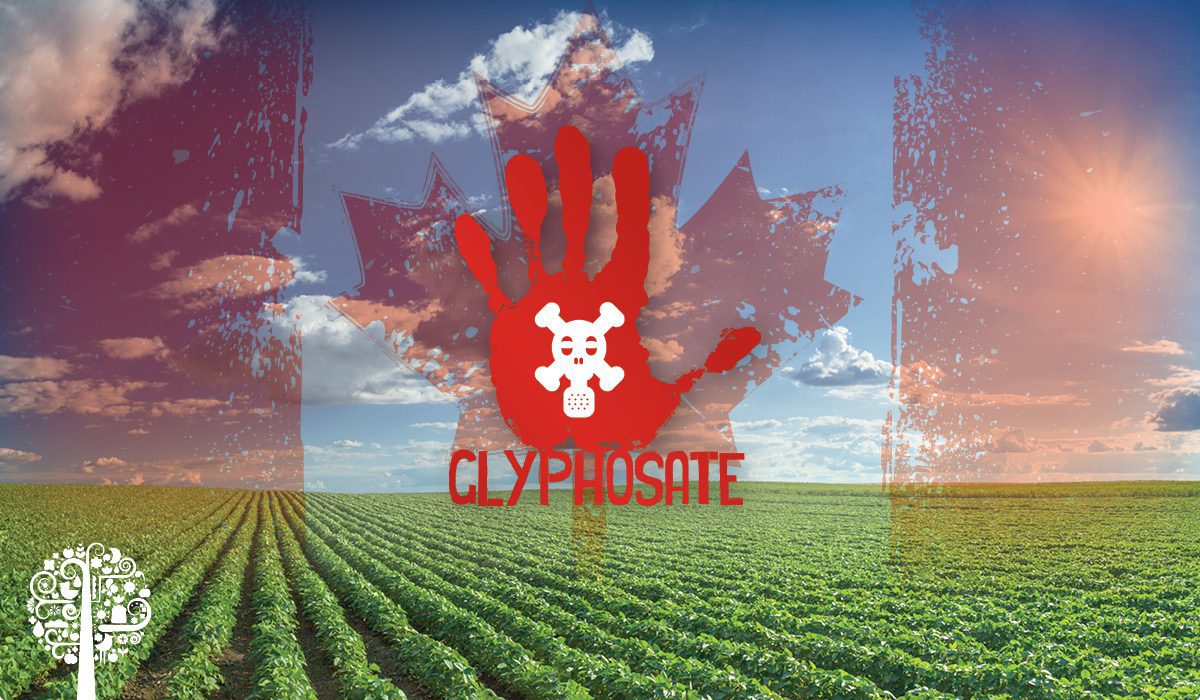Health Canada Wants To Know How You feel About More Glyphosate In Your Meals
Time is one thing we never seem to have enough of. But for Canadians, the Federal Government has decided to give us all a little more of it. At least when it comes to weighing in on their proposal to increase the amount of glyphosate herbicide residue allowed on some of our foods.
The previous deadline of July 20th has come and gone, but Health Canada has announced that due to the high level of interest and COVID delays, they have pushed the deadline to September 3rd.
The Proposal
Often sold under the brand name “Roundup,” glyphosate is used on crops to speed up the harvest by killing the crop, thus causing the grains and legumes to dry out quicker. The herbicide is also used in corn and soy crops to kill weeds (the crops themselves have been bred to resist the herbicide).
So, what exactly is this proposal?
Currently, there are regulations as to how much trace glyphosate herbicide residue is allowed on food. But if this new proposal becomes law, it would raise that allowable amount by up to three times the current limit.
Is that a bad idea? Is it dangerous? The answer to that question depends on who you talk to.
Glyphosate
Recent lawsuits in the United States have resulted in juries awarding large damages to cancer patients and survivors, with thousands of more suits in the wings.

Many studies, such as one by the International Agency for Research on Cancer, have directly linked the herbicide to cancer in humans.
However, the U.S. Environmental Protection Agency and the European Food Safety Authority concluded that glyphosate is probably not giving people cancer.
However, there’s controversy over those latter agencies basing their findings on studies paid for and submitted by Monsanto, the company behind Roundup. It even came out in the court cases that Monsanto executives had discussed ghostwriting papers that scientists could publish under their names.
In 2017, Canada reevaluated their position on glyphosate and determined it was safe for use. But given the pushback they got with the revelations of the Monsanto papers, in 2019, Health Canada took another look at the data.
However, their findings didn’t change, stating:
“After a thorough scientific review, we have concluded that the concerns raised by the objectors could not be scientifically supported when considering the entire body of relevant data. The objections raised did not create doubt or concern regarding the scientific basis for the 2017 re-evaluation decision for glyphosate. Therefore, the Department’s final decision will stand.”
The Green Factor
Possible health risks of glyphosate aside, some will point out that herbicides are greener than the alternative – tilling the soil.
Without herbicides, farmers must turn the earth in preparation for new growth, which degrades the soil, destroying the microbiome. Some argue that removing the weeds with chemicals is gentler on the earth.
But don’t get us wrong, here. We aren’t calling glyphosate green. The effect of the herbicide on the ecosystem still needs to be studied. Traces of the stuff have been found in both land and water environments.
The issue at hand is the increased traces of glyphosate that will be on some of your foods if this proposal goes into effect.
Remember, you have until September 3rd to make your voice heard!




